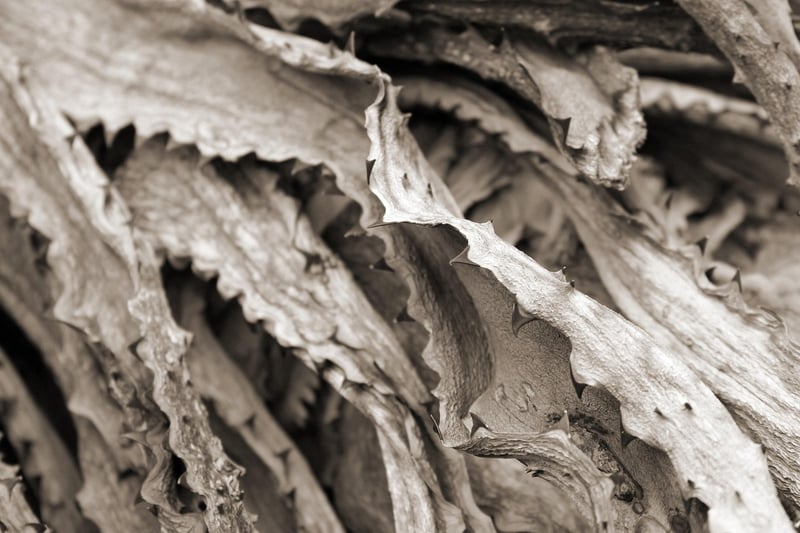Wilting Plants
Identifying and Solving Problems with Wilting Plants
Wilting plants can be a common issue for many gardeners and plant enthusiasts. Understanding the reasons behind wilting can help you effectively address the problem and revive your plants. Here are some common causes of wilting and how to solve them:
1. Underwatering
One of the primary reasons for wilting plants is underwatering. When plants do not receive enough water, they are unable to maintain turgidity, resulting in wilting. To solve this issue, make sure to water your plants adequately. Check the soil moisture regularly and adjust your watering schedule as needed.

2. Overwatering
On the other hand, overwatering can also lead to wilting. Excess water can suffocate the roots, causing them to rot and the plant to wilt. Ensure proper drainage for your plants and allow the soil to dry out between watering sessions to prevent overwatering.

3. Nutrient Deficiency
Wilting can also be a sign of nutrient deficiency in plants. Lack of essential nutrients like nitrogen, potassium, or magnesium can weaken the plant and lead to wilting. Consider using fertilizers or organic compost to provide the necessary nutrients to your plants.

4. Pests and Diseases
Wilting can also be a result of pests infestation or diseases affecting the plant. Inspect your plants regularly for any signs of pests like aphids or diseases like fungal infections. Treat the infested plants promptly to prevent further wilting.

By identifying the root cause of wilting in your plants and taking appropriate steps to address it, you can help your plants recover and thrive. Remember to provide proper care, monitor your plants regularly, and seek help from gardening experts if needed.
Happy gardening!
